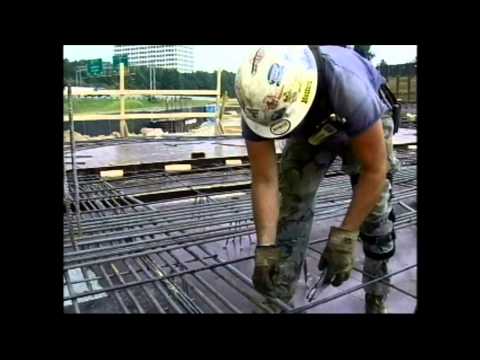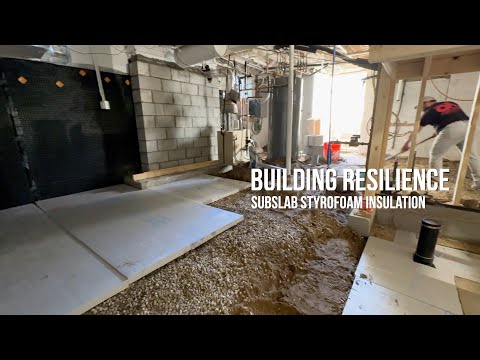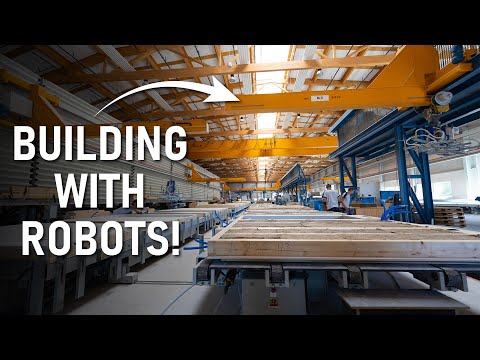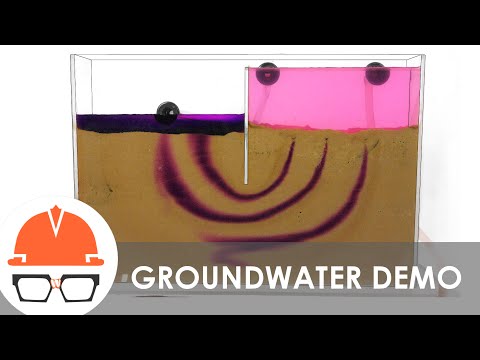In this video, the robotic 'narrator' asks multiple questions about construction innovations in the near future.
Construction Innovation #10. Self-repairing concrete
The most widely used construction material in the world. Smart concrete heals its own cracks with built-in sodium silica capsules that rupture upon cracking.
Construction Innovation #9. Carbon nanotubes
A nanometer = one billionth of a meter. Tubes of carbon that are one-nanometer wide have the highest strength to weight ratio of any material on earth and can be stretched a million times their thickness.
Construction Innovation #8. Transparent aluminum (3:20)
The strength of metal and the transparency of glass could completely change how we build skyscrapers and aquariums. A ceramic made from aluminum, oxygen and nitrogen is the base material. The aluminum powder is put under immense pressure heated for days at 2000 degrees C and polished to be clear
Construction Innovation #7. Permeable concrete
Stormwater runoff is a major source of water pollution. Permeable concrete is made with larger grains of rock and sand and lets water flow through.
Construction Innovation #6. Aerogel insulation (5:52)
One of the least-dense substances on earth. Aerogen is almost weightless and demonstrates superinsulating properties—2-4 times the insulating properties than foams.
Construction Innovation #5. Temperature-reactive tiles (6:54)
Thermochromic paint changes color with temperature. At room temperature, the tiles are glossy black. when you touch them or place a cup of coffee on them, they turn iridescent blues, greens, and yellows.
Construction Innovation #4. Robot swarm construction (7:50)
Robots based on termites' genetically-programmed modes of behavior work together with internal rules for finding empty spots and getting out of each others' way. No one controls them, but they are programmed to complete a specific design.
Construction Innovation #3. 3-D Printed houses (9:15)
Full-scale houses are an actual thing now. People are doing it all over the world. Houses can be printed or components that can be printed and assembled.
Construction Innovation #2. Smart roads (10:34)
A road that charges electric vehicles wirelessly. Yup.
Construction Innovation #1. Building with CO2 (11:24)
Genetically modified yeast can convert CO2 gas into solid carbon-based building materials. Inspired from abalone which does something similar.
MIT researchers isolated one of the abalone enzymes to reproduce a batch of yeast that can make the solid carbon material.











